casino days best casino bonuses, casino betting odds, casino days, Casino Days 2, casino faq, casino payment methods, casino promotions, casino strategies, casino tips, daman games, how to win at casino, Jhandi munda apk download, Jhandi munda casino, Jhandi Munda Dice price, Jhandi Munda download, Jhandi munda mod apk, Jhandi Munda old version, Jhandi munda real money, live casino dealer, new casino games, online blackjack, Online Casino india, online roulette, privacy policy, real money casino game, responsible gambling, secure casino banking, tiranga games, top casino sites admin 1 Comments
Understanding Jhandi Munda: A Traditional Nepalese Board Game
What is Jhandi Munda?
Jhandi Munda, also known as Langur Burja, is a traditional dice game deeply rooted in Nepalese culture. Played with six dice, each marked with distinct symbols, the game is both simple and captivating. Its name, derived from the symbols on the dice, translates to “Flag-Anchor” in English.
Brief History and Origins
The origins of Jhandi Munda trace back centuries, with its exact beginnings shrouded in mystery. Historically, it has been a popular pastime during festivals and gatherings, reflecting the communal spirit of Nepalese society.
The Cultural Significance of Jhandi Munda
Traditional Importance
Jhandi Munda is more than just a game; it’s a cultural artifact. It holds a special place during festivals like Dashain and Tihar, where families and friends gather to celebrate and play. The game symbolizes luck and fortune, often played with a sense of reverence and joy.
Role in Festivals and Gatherings
During major festivals tables are set up in homes and public spaces. The game serves as a means of bonding, where generations come together, sharing laughter and stories, fostering a sense of unity and tradition.
How to Play Jhandi Munda
The Game Setup
Setting up is straightforward. You need six special dice, each with six different symbols: Flag, Anchor, Diamond, Spade, Club, and Heart. A flat surface for rolling the dice and a betting area are essential.
The Dice and Symbols
Each die in Jhandi Munda features the same six symbols. Players place bets on the symbols they believe will appear most frequently when the dice are rolled.
Rules of the Game
- The wagers that players put can be placed on any number of symbols.
- The dealer rolls the six dice.
- Players win if the symbol they bet on appears on the dice.
- The payout is proportional to the number of times the symbol appears.
Strategies and Tips for Winning
Understanding Probability
While it is a game of chance, understanding probability can enhance your strategy. Each symbol has an equal chance of appearing, so diversifying your bets can increase your chances of winning.
Common Strategies Used by Players
Experienced players often use a mix of betting on multiple symbols and observing patterns over several rounds. Some players rely on gut feelings, while others stick to statistical analysis.
Jhandi Munda in Modern Times
Online Versions and Apps
Has made the successful shift into the digital domain as a result of the development of technology. Virtual versions of the game are now available on a broad range of internet platforms and mobile applications, making it available to players all over the world.
Popularity Among the Youth
The game’s simplicity and excitement have captured the interest of younger generations. Online versions, in particular, have introduced to a new demographic, ensuring its continued relevance.
Comparison with Other Traditional Games
Similarities with Games from Other Cultures
Jhandi Munda shares similarities with various traditional dice games worldwide, such as India’s “Pachisi” and the Western “Crown and Anchor.” These games, though culturally distinct, share the universal appeal of chance and strategy.
Unique Aspects of Jhandi Munda
What sets Jhandi Munda apart is its cultural integration and the unique symbols used on the dice. The game’s simplicity, combined with its deep cultural roots, makes it a distinctive and cherished pastime.
The Social Aspect of Jhandi Munda
Bringing People Together
has a profound social aspect, acting as a bridge between generations. It provides an opportunity for storytelling and passing down traditions, enriching the cultural tapestry.
Stories and Anecdotes from Players
Many families have tales of memorable games. These stories often highlight the game’s role in celebrations, bringing laughter and sometimes tears of joy, as fortunes change with each roll.
How to Make Your Own Jhandi Munda Set
Materials Needed
- Creating your own Jhandi Munda set is a fun and engaging project. You will need:
- Six dice (plain or with customizable faces)
- Stickers or markers for symbols
- A betting mat or board
Step-by-Step Instructions
Prepare the dice by drawing or sticking symbols on each face.
- Create a betting mat with areas for each symbol.
- Gather players and explain the rules.
- Enjoy your custom-made Jhandi Munda game!
- Educational Benefits of Jhandi Munda
- Enhancing Cognitive Skills
Can enhance cognitive skills such as pattern recognition, probability assessment, and strategic thinking. Players develop quick decision-making abilities and mental agility.
Learning About Probability and Chance
The game provides a practical lesson in probability and chance, making it an educational tool for children and adults alike. Understanding the odds and making informed bets can translate to real-life skills.
The Economic Impact of Jhandi Munda
Local Artisans and Craftsmen
The demand for traditional sets supports local artisans and craftsmen. These handmade sets are often sold during festivals, contributing to the local economy.
Commercialization and Tourism
Has potential as a cultural export. Tourists interested in authentic cultural experiences often purchase sets as souvenirs, promoting Nepalese culture globally.
Jhandi Munda and Legal Considerations
Gambling Regulations
While Jhandi Munda is a beloved tradition, it can also be considered a form of gambling. Understanding local regulations and playing responsibly is essential to preserving the game’s cultural integrity.
Cultural Preservation vs. Legal Constraints
Balancing cultural preservation with legal constraints is a challenge. Advocating for the recognition of Jhandi Munda as a cultural heritage can help protect its practice within legal frameworks.
Interviews with Jhandi Munda Enthusiasts
Perspectives from Different Generations
Interviews with enthusiasts reveal the game’s enduring appeal. Older generations cherish it for its nostalgia, while younger players appreciate its simplicity and excitement.
Insights from Professional Players
Professional players often share insights into their strategies and experiences. Their stories highlight the game’s depth and the skill involved in mastering it.
Future of Jhandi Munda
Potential Innovations
The future of Jhandi Munda could see innovations such as augmented reality versions or new betting formats. Embracing technology can help keep the tradition alive for future generations.
Maintaining Tradition in a Modern World
Balancing innovation with tradition is key. Ensuring that the cultural essence of remains intact while adapting to modern times will ensure its longevity.
Conclusion
is more than just a game; it’s a cultural treasure that has brought joy and unity to generations of Nepalese people. Its enduring appeal, simplicity, and deep-rooted cultural significance make it a unique and cherished tradition. As it continues to evolve and adapt to modern times, the legacy of will undoubtedly endure, bringing people together and enriching lives for years to come.
FAQs
1. What is Jhandi Munda?
is a traditional Nepalese dice game played with six dice, each marked with distinct symbols. It’s a popular game during festivals and gatherings.
2. How do you play?
Players place bets on symbols they believe will appear on the dice. The dealer rolls six dice, and players win if their chosen symbols appear.
3. What are the symbols used in?
The dice feature six symbols: Flag, Anchor, Diamond, Spade, Club, and Heart.
4. Can be played online?
Yes, there are several online platforms and apps where you can play virtually.
5. Is considered gambling?
While it involves betting, the cultural context of Jhandi Munda is important. It’s essential to understand local regulations and play responsibly.
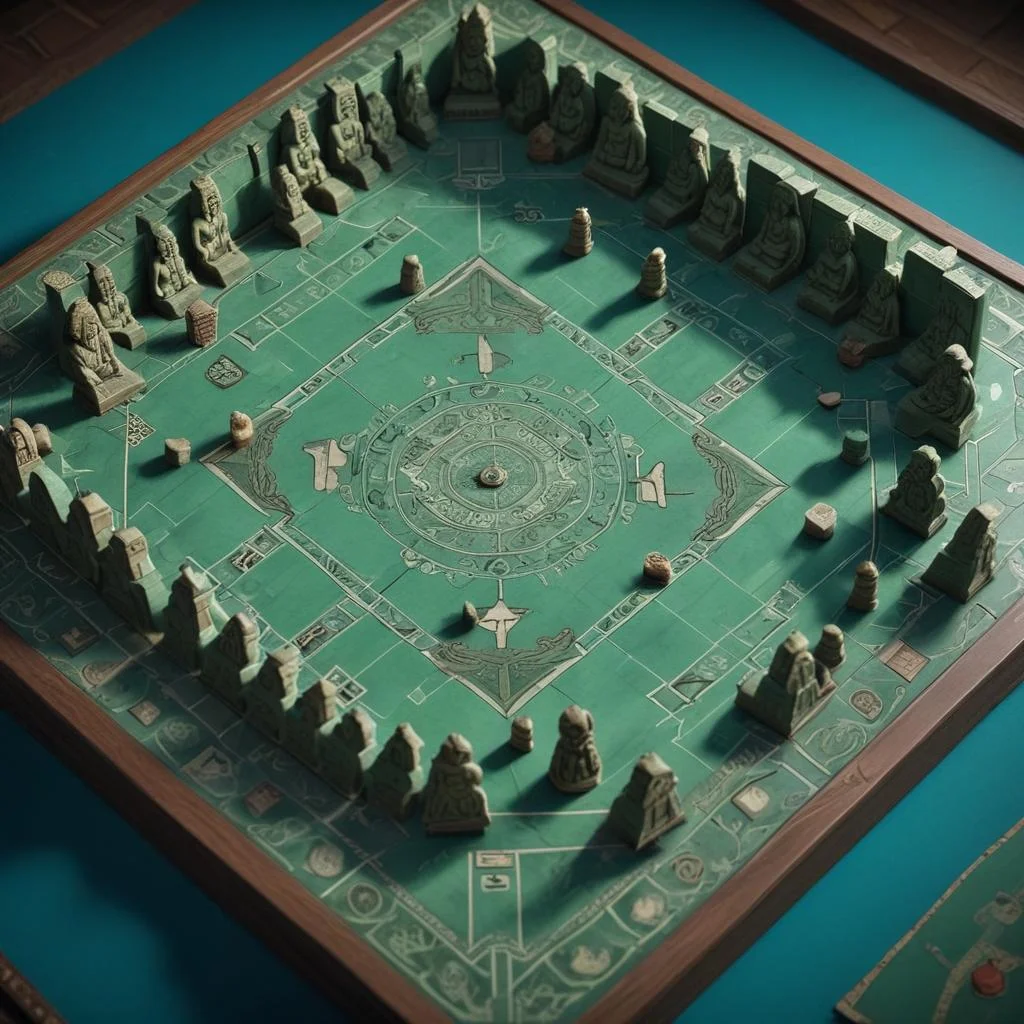
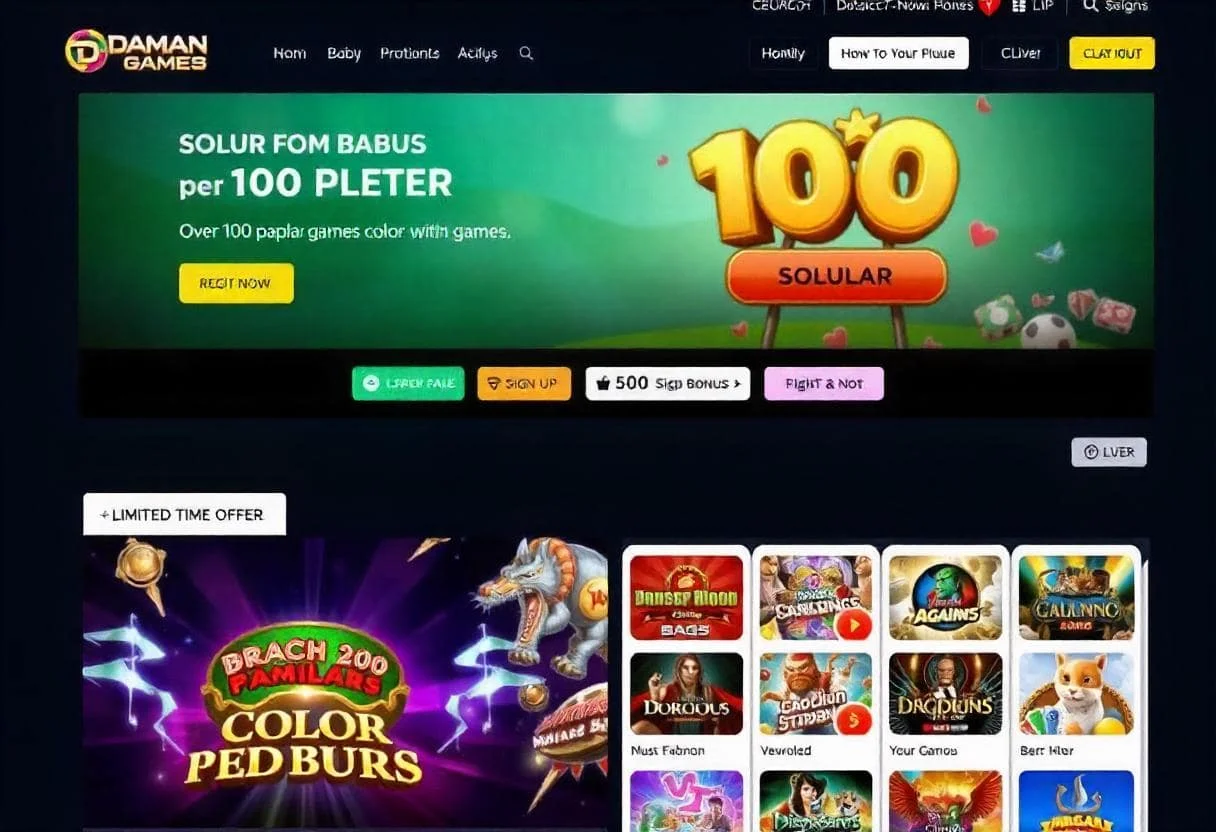





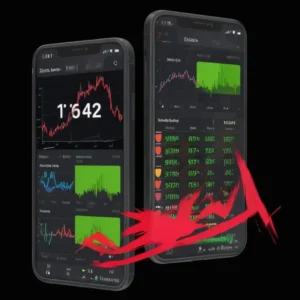

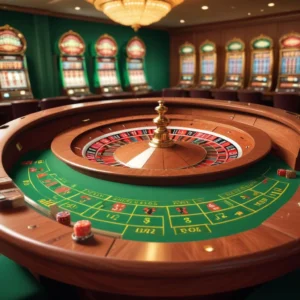
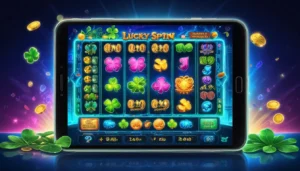


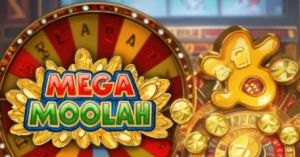
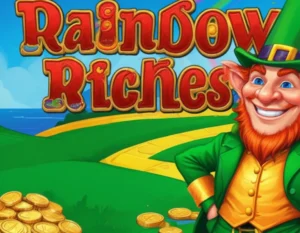

1 comment